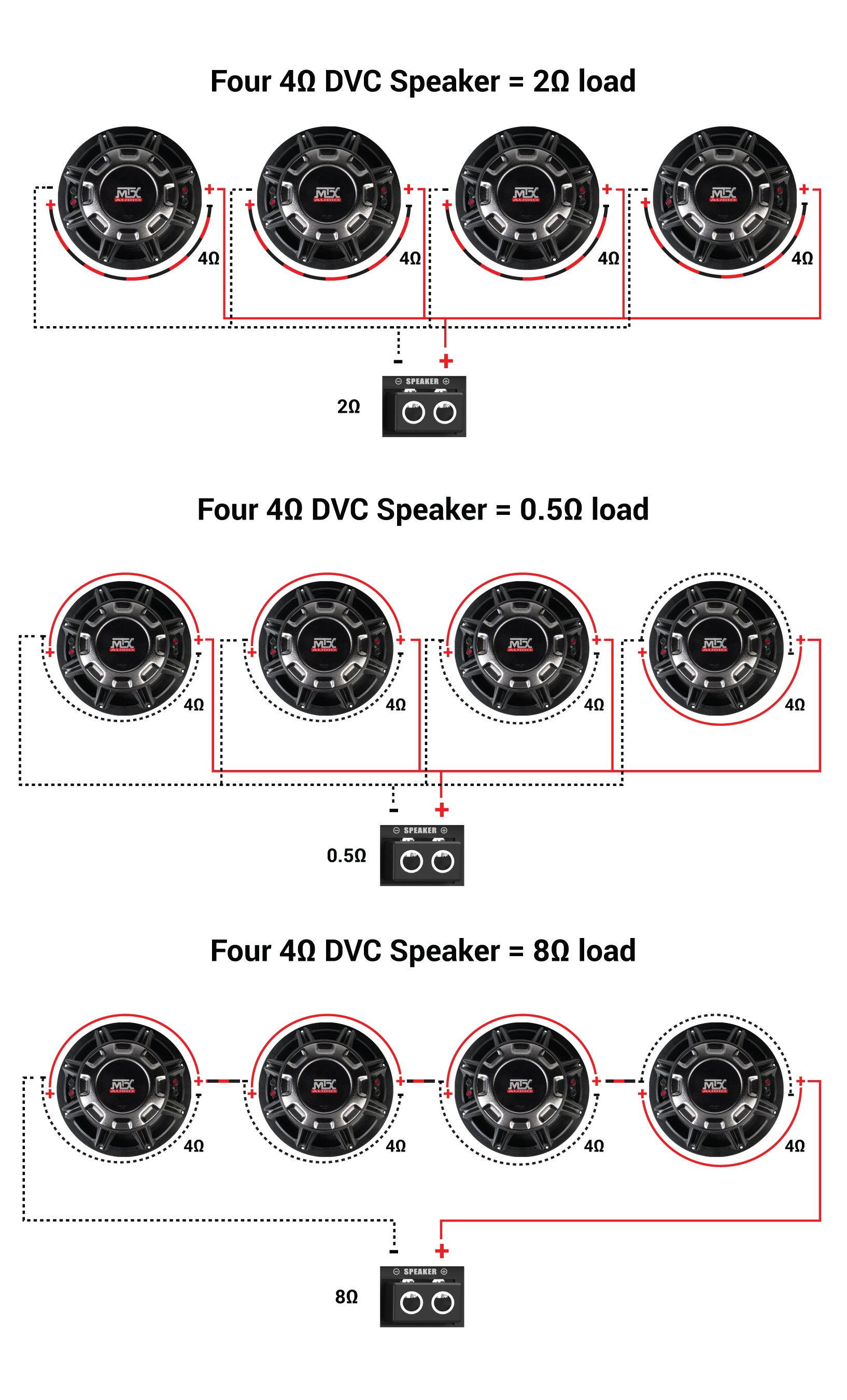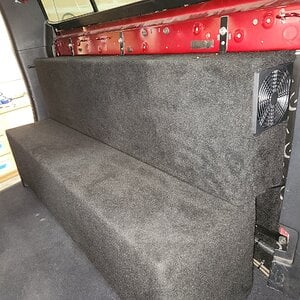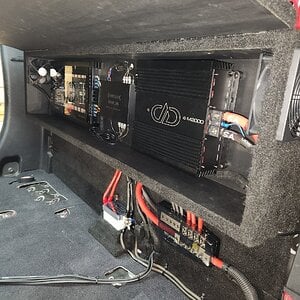Sguirrelfeather
Senior VIP Member
Due to poor planning on my part, and the need for some of the subs to work on a different amp, I need to hook up my speakers in a different way than I am used to, and I would like to know two things: If I am doing this right and if it will negatively affect anything in my system.
So, I have a FSD FZ2600D amp which is stable down to 1 Ohm. I have four dual voice coil speakers, each rated at 4 Ohms. If I wire three of the speakers in series, I will have three impedances of 8 Ohms. If I wire the fourth in parallel it will be at 2 Ohms. Now then, if I wire the speakers, with those impedances, in parallel, I would have a "seen" impedance, by the amp, of 1.1429 Ohms. Is that correct?
And once you've got the math all worked out, will having three speakers in series and one in parallel, with the group of them all in parallel mess anything up?? I'm trying to get it as close to 1 Ohm as possible without going below that.
Thanks in advance!
So, I have a FSD FZ2600D amp which is stable down to 1 Ohm. I have four dual voice coil speakers, each rated at 4 Ohms. If I wire three of the speakers in series, I will have three impedances of 8 Ohms. If I wire the fourth in parallel it will be at 2 Ohms. Now then, if I wire the speakers, with those impedances, in parallel, I would have a "seen" impedance, by the amp, of 1.1429 Ohms. Is that correct?
And once you've got the math all worked out, will having three speakers in series and one in parallel, with the group of them all in parallel mess anything up?? I'm trying to get it as close to 1 Ohm as possible without going below that.
Thanks in advance!



